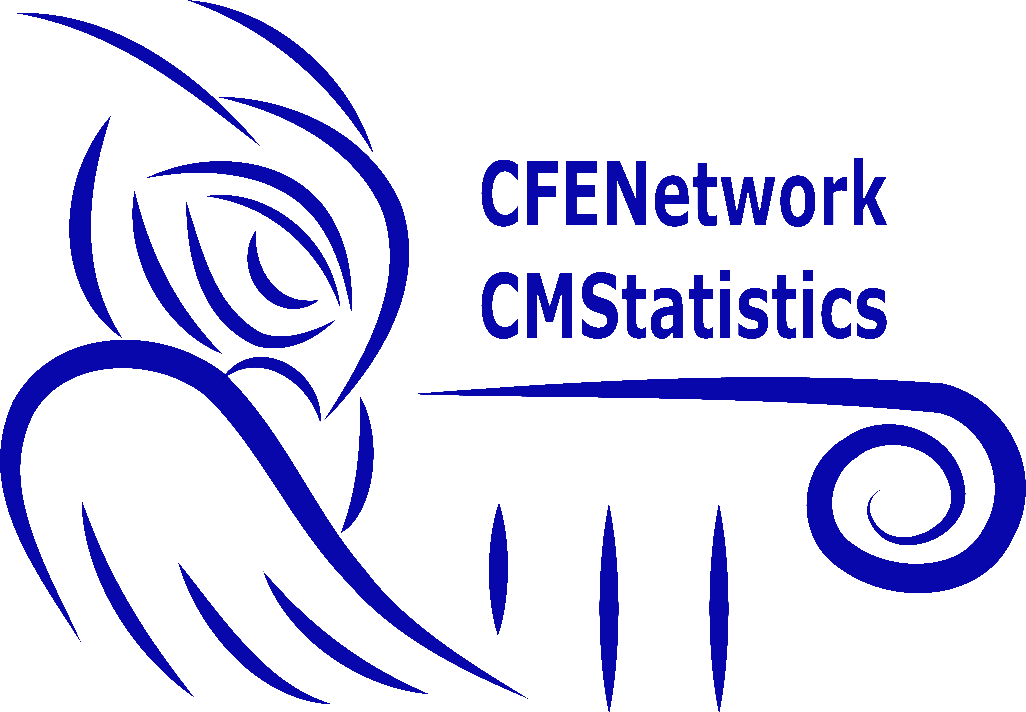A0207
Title: Measuring economic sentiment in italian news
Authors: Andrea Rollin - Ministry of Economy and Finance Italy (Italy) [presenting]
Matteo Berta - Politecnico di Torino (Italy)
Loredana Rinaldi - Ministry of Economy and Finance - Department of the Treasury (Italy)
Chiara Eleonora De Marco - Ministry of Economy and Finance - Department of the Treasury (Italy)
Maksim Bondarenko - Sogei (Italy)
Sara DAndrea - Sogei spa (Italy)
Ferroni Valeria - Sogei (Italy)
Valeria Macauda - Sogei spa (Italy)
Daria Scacciatelli - Sogei S.p.A. (Italy)
Salvatore Greco - Politecnico di Torino (Italy)
Simone Monaco - Politecnico di Torino (Italy)
Salvatore Lo Sardo - Politecnico di Torino (Italy)
Daniele Apiletti - Politecnico di Torino (Italy)
Tania Cerquitelli - Politecnico di Torino (Italy)
Abstract: Measuring economic sentiment in news articles offers a rapid window into public perception regarding the economic situation. This sentiment may influence financial markets and consumer behavior, and may be important for the forecasting models of policymakers like the Italian Treasury Department. As a result, economic sentiment can be used as a nearly instantaneous proxy to anticipate traditional economic indicators and exogenous variables. Previous studies in economic news sentiment have applied two distinct approaches: (1) evaluating the sentiment of the news content or (2) analyzing the tone with which the news is presented. Although each approach yields valuable perspectives in different settings, they have never been used in combination. Additionally, they usually rely on sentiment lexicons, which are predominantly designed for English, making them highly language-dependent and often insufficient for capturing the subtle nuances present in different economic subtopics. To address these limitations, we propose to combine the content sentiment in central banks communications and the tone sentiment in news articles. We train and use deep-learning classifiers tailored for sentiment analysis in the Italian language using a five-grade rating sentiment system. This approach enhances the models robustness and promotes seamless adaptation to different topics within the economic news domain.



